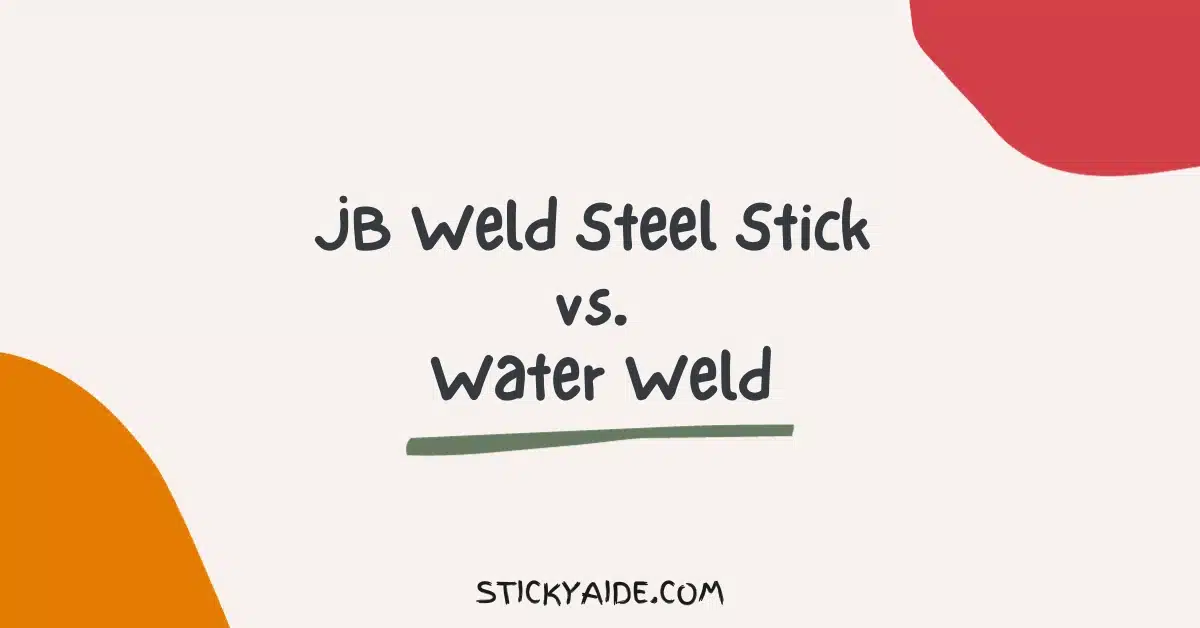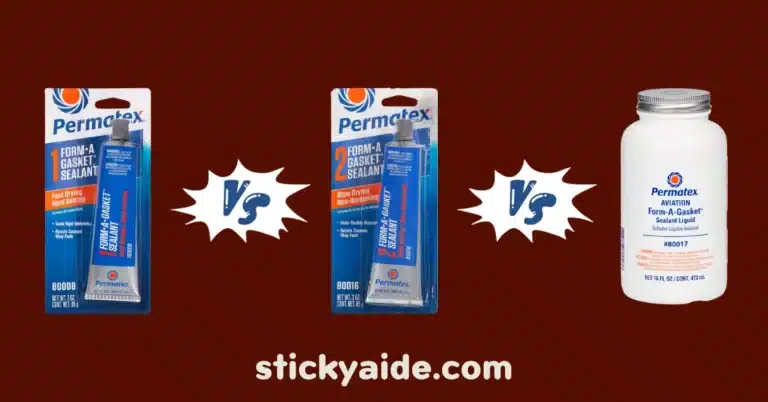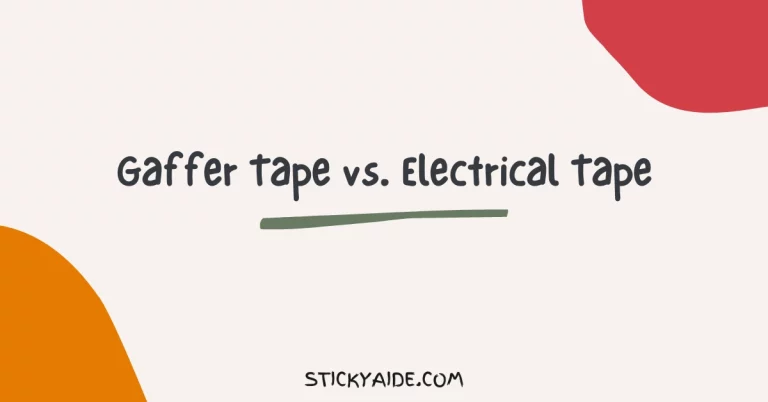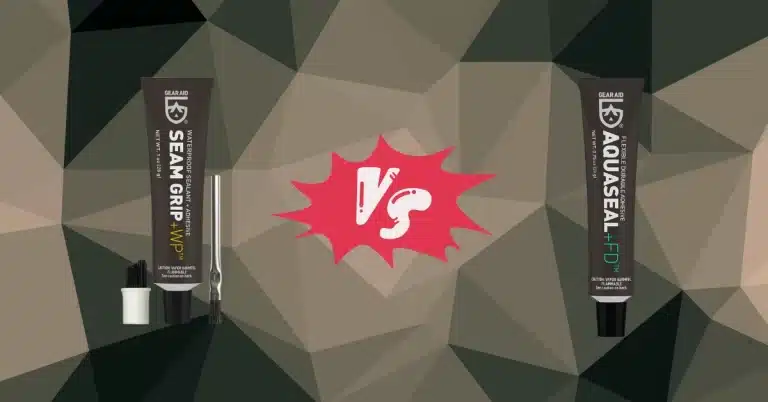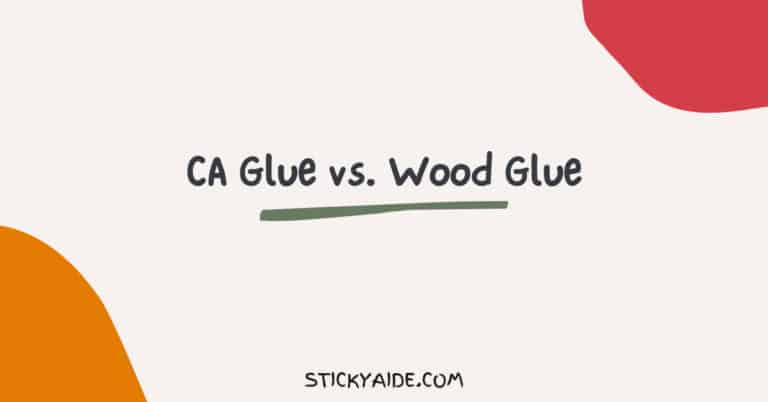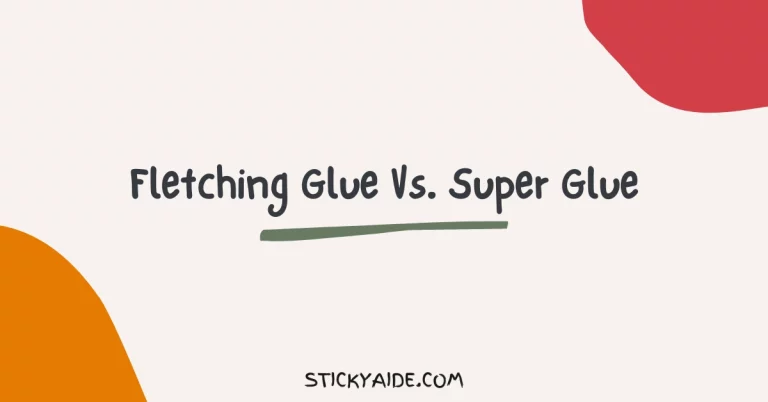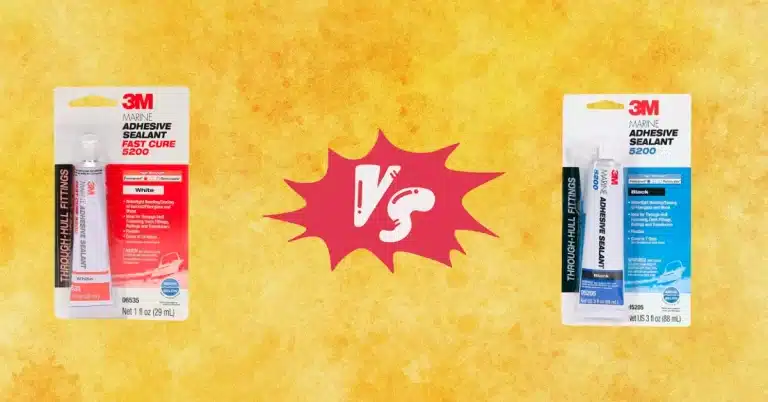Adhesives from JB Weld are some of the most important things you need in your day-to-day life. From repairing a broken bathtub to joining a steel showpiece, the uses of these adhesives are versatile.
Because they are used for different purposes, JB Weld offers different glues specific to that purpose.
While going through all these glues, have you ever wondered how they differ from one another?
I have compared JB Weld Steel Stick vs. Water Weld amongst other JB Weld adhesives to give you a proper idea.
Go through the comparison below to find out how these two adhesives differ from one another.
Read More: JB Weld Steel Stick vs. Epoxy
JB Weld Steel Stick vs. Water Weld
Even though both the Steel Stick and Water Weld are from the same brand, JB Weld, there are some significant differences between them.
But before jumping into the detail, go through the comparison table below for a quick glance.
A Summary of The Differences
| Features | JB Weld Steel Stick | JB Water Weld |
| Strength | 4000 psi | 4370 psi |
| Heat Resistance | 300ºF | 250ºF |
| Set Time | 3-5 minutes | 15-25 minutes |
| Compatible Surfaces | Steel and other metals | Metal, plastic, porcelain, marble, glass, wood, and others |
| Used For | Repair and rebuild metal surfaces | Repairing plumbing, fuel tanks, tub and shower, drains, pool and spa, and others |
| Suitable Under Water | No | Yes |
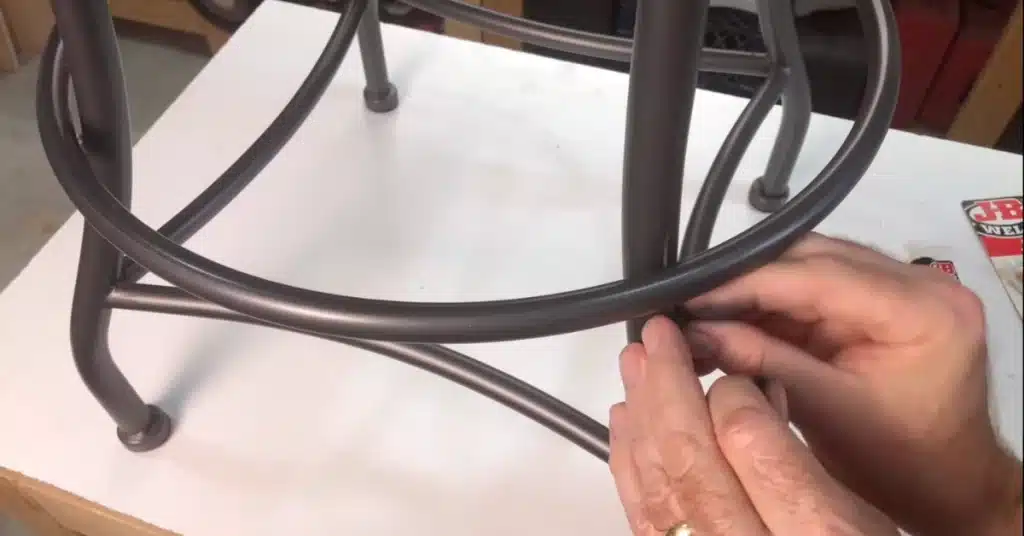
Top 4 Differences Between JB Weld Steel Stick and Water Weld
Now that you know the differences between JB Weld Steel Stick and Water Weld, let me discuss them in detail for your better understanding.
Strength
Both the Steel Stick and Water Weld are strong adhesives to create a strong bond between surfaces. But when it comes to which one between them is stronger, there is a significant difference.
Even though the JB Steel Stick is a steel-reinforced, non-rusting epoxy putty, it has a tensile strength of 4000 psi.
However, the JB Water Weld offers a tensile strength of 4370 psi and is a bit stronger than the Steel Stick.
Durability
The durability of these adhesives largely depends on their heat resistance capabilities.
Because the Steel Stick is made exclusively for steel and other metals, it can withstand 300ºF of heat before melting apart.
Such high heat resistance makes it more durable.
On the other hand, Water Weld can resist a temperature of up to 250ºF when fully cured and, hence, it melts away quicker than its competitor.
Read More: JB Weld Tank Weld vs. Steel Stick
Compatible Surfaces
Both the JB Weld Steel Stick and Water Weld are made differently. This means that they work their magic on different surfaces.
For starters, the Steel Stick is a steel-reinforced, non-rusting epoxy putty that works incredibly well on steel and other metals.
It doesn’t matter if you want to repair and rebuild any surfaces made from metal (copper, aluminum, steel, and others); this putty will create a strong and lasting bond.
However, the JB Weld isn’t the same. This adhesive is formulated to work on different types of materials, including metal, plastics, wood, ceramic, and others.
It is used mainly for repairing plumbing, drains, fuel tanks, tubs, showers, and others. It dries down to an off-white color, which makes it even more appropriate for such uses.
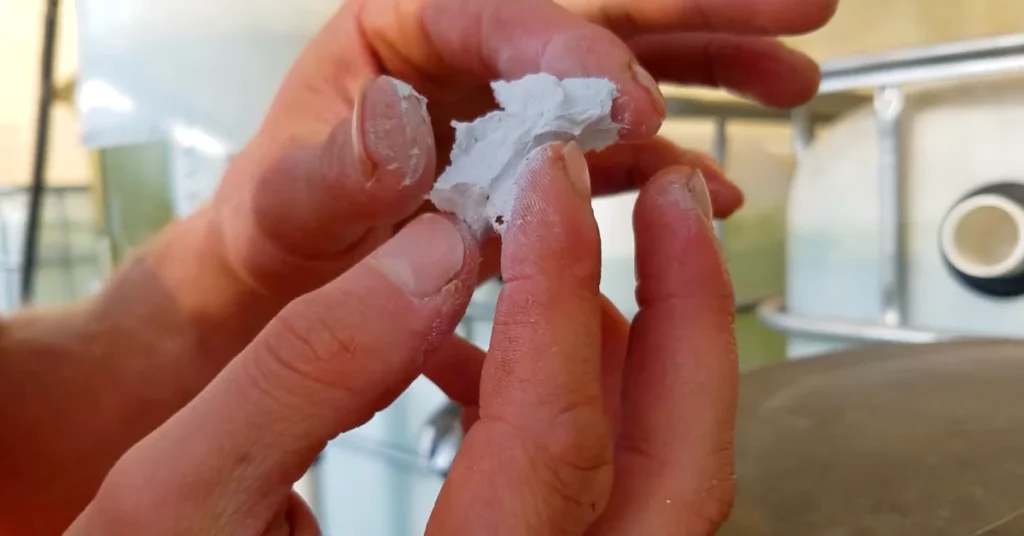
Suitable Under Water
One interesting difference between the JB Weld Steel Stick and Water Weld is whether they are suitable for “underwater” or not.
As the Steel Stick is mainly for steel and metals, it isn’t suitable for underwater use.
On the other hand, the JB Water Weld is something different. As the name suggests, this adhesive is made for water-related projects. Therefore, you can use it to setup the surfaces even under the water.
Read More: JB Marine Weld vs. WaterWeld
Is Steel Stick the Same as WaterWeld?
No, Steel Stick and WaterWeld are not the same products, although they are both epoxy putties manufactured by J-B Weld. These two products are formulated for different purposes and have distinct properties.
- Steel Stick: J-B Weld Steel Stick is designed for bonding and repairing metal surfaces. It is formulated to work well with ferrous and non-ferrous metals, including steel, iron, aluminum, copper, and more. Steel Stick is not specifically intended for use in or around water.
- WaterWeld: J-B Weld WaterWeld, on the other hand, is specifically designed to work in wet or underwater conditions. It is suitable for sealing leaks and making repairs in plumbing, tanks, and other water-related applications. WaterWeld is a good choice when you need an epoxy putty that can be applied and cured even when submerged in water.
Last Opinion
From the JB Weld Steel Stick vs. Water Weld comparison, it is clear that both these adhesives have different characteristics and are used for different purposes.
And as they are used for different purposes, you should get the one that serves your needs rather than the one that looks compelling.
Otherwise, you might not get the desired result you have been looking for.

